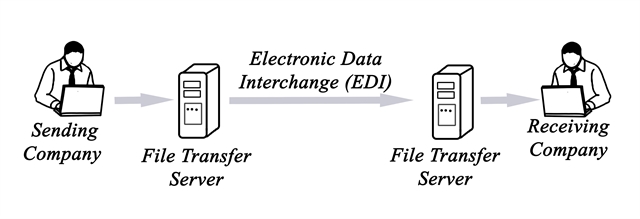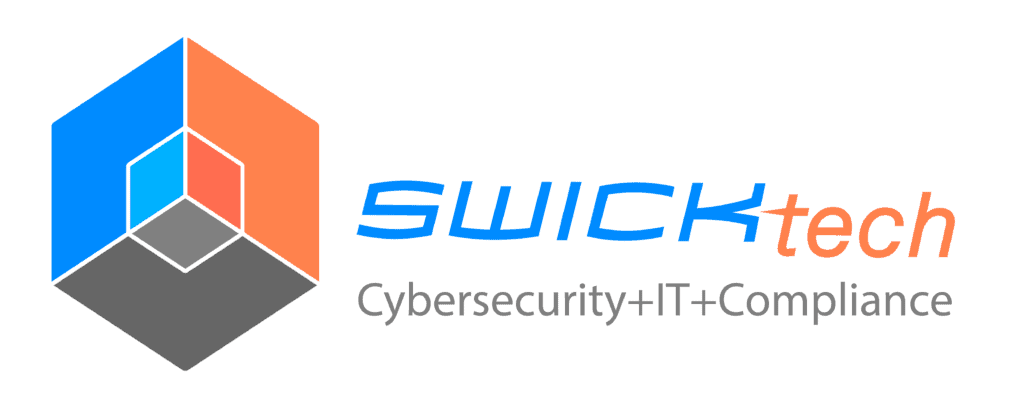
DIRECT EDI VS EDI VANS: WHICH IS RIGHT FOR YOUR BUSINESS?
When making the transition to electronic data interchange (EDI) communication methods, organizations have a lot of decisions to make. Choosing the best EDI format is often the first crucial decision. The most common formats, direct EDI and EDI VAN, each present different opportunities and challenges for businesses throughout the EDI implementation and communication process.
DIRECT EDI
In Direct EDI, or Point-to-Point EDI, one connection is built between a business and an EDI trading partner. The business sets up individual connections with the organizations it wishes to establish as an EDI trading partner. Once the connections are set up, the two parties establish an EDI protocol and begin trading. This type of EDI communication is often used by large organizations, such as Walmart, that need to trade with other organizations frequently.
Direct EDI provides more control for each business using the communication channel. It is typically the most secure form of EDI communication. However, direct EDI can become complex quickly. Different EDI trading partners often use separate EDI protocol, or languages, which means you need to support each available option.
Unlike EDI VANs, direct EDI does not accrue a financial cost per document. However, for each EDI trading partner established, there are often initial mapping fees, software to translate, hardware resources required, and on-going maintenance fees.
EDI VANS
The majority of EDI still occurs through EDI VANs. With EDI VANs, all communication occurs through a third party, called a Value Added Network (VAN). As long as two organizations are using the same EDI VAN, communication is possible regardless of which EDI protocol is used to transfer information. This means organizations can manage one connection with the EDI VAN instead of separate lines of communication with each potential partner.
EDI VANs typically segregate by industry, only allowing organizations to communicate with similar organizations utilizing that VAN. In particular, manufacturers often utilize EDI VANs to communicate with suppliers and distributors.
While EDI VANs provide many benefits, they do have a recurring financial cost. This fee can range from three to twenty cents per document, depending on which tool is used. However, the cost for initial EDI implementation is often less than that of direct EDI.
WHICH IS RIGHT FOR YOUR ORGANIZATION?
Often, the decision on which EDI format is right for your organization is not solely yours to make. Prior to EDI implementation, reach out to potential EDI trading partners to establish which EDI format and EDI protocol are best to use for communication. Once you understand which EDI format each of your trading partners has already implemented, it will be easier to decide which format is best for your organization.
Having trouble deciding whether EDI VANs or direct EDI is right for you? One of our EDI experts can help analyze your situation and begin your transition to a simpler form of business communication. Contact us today.



